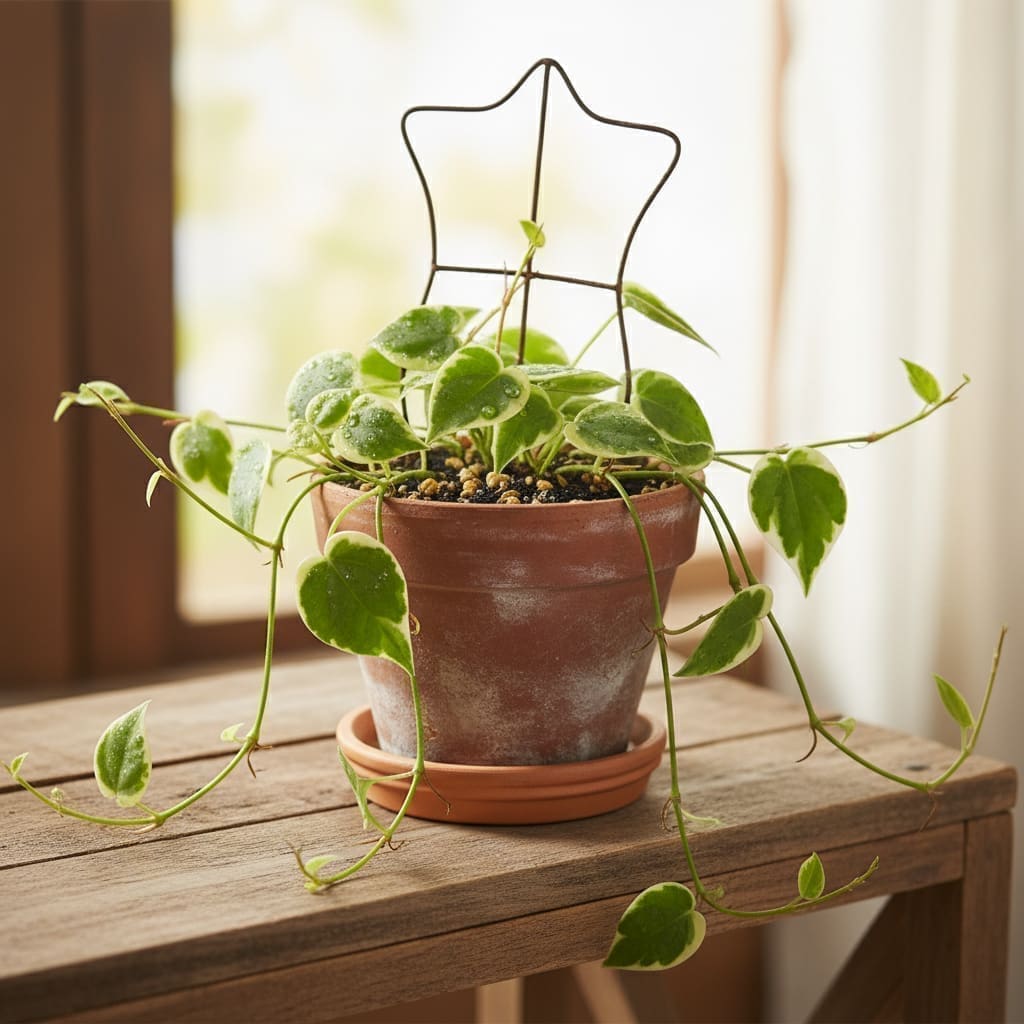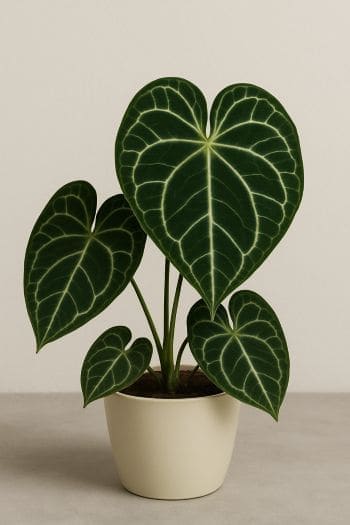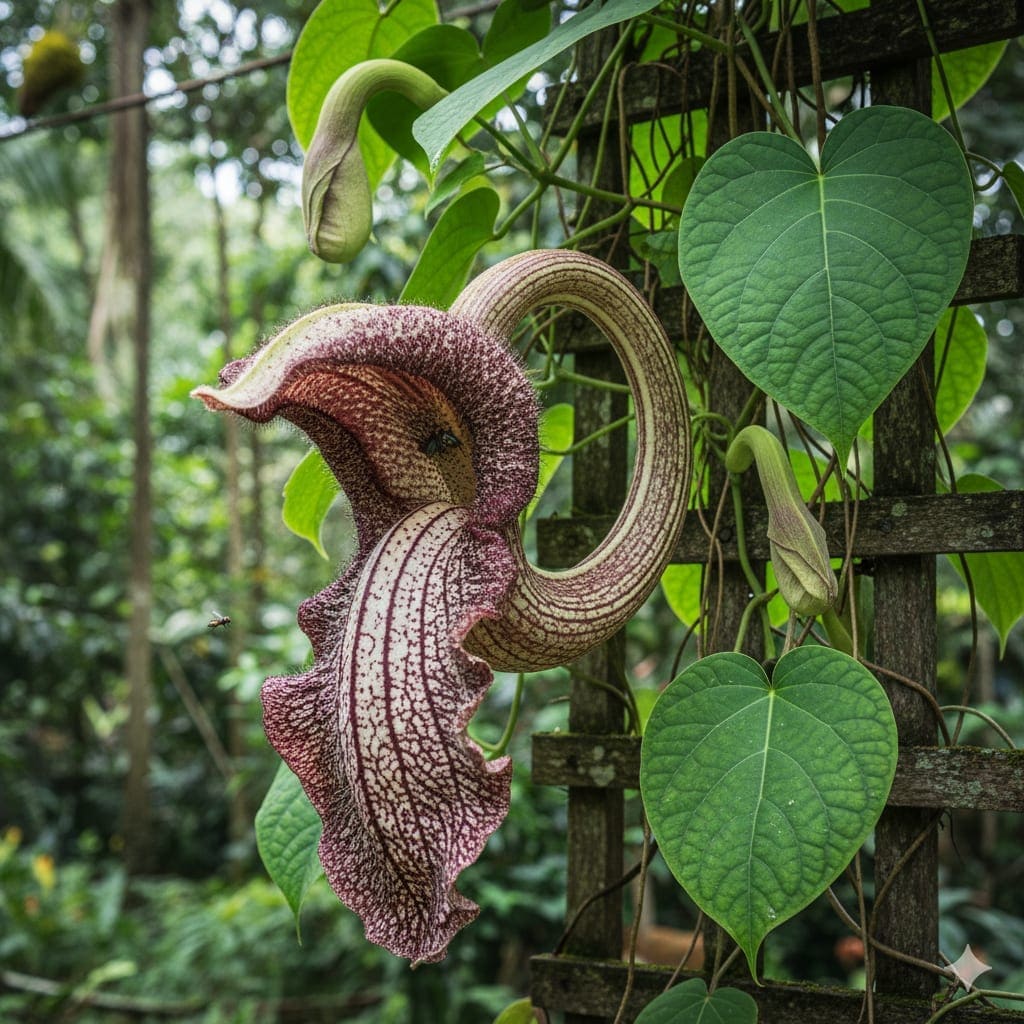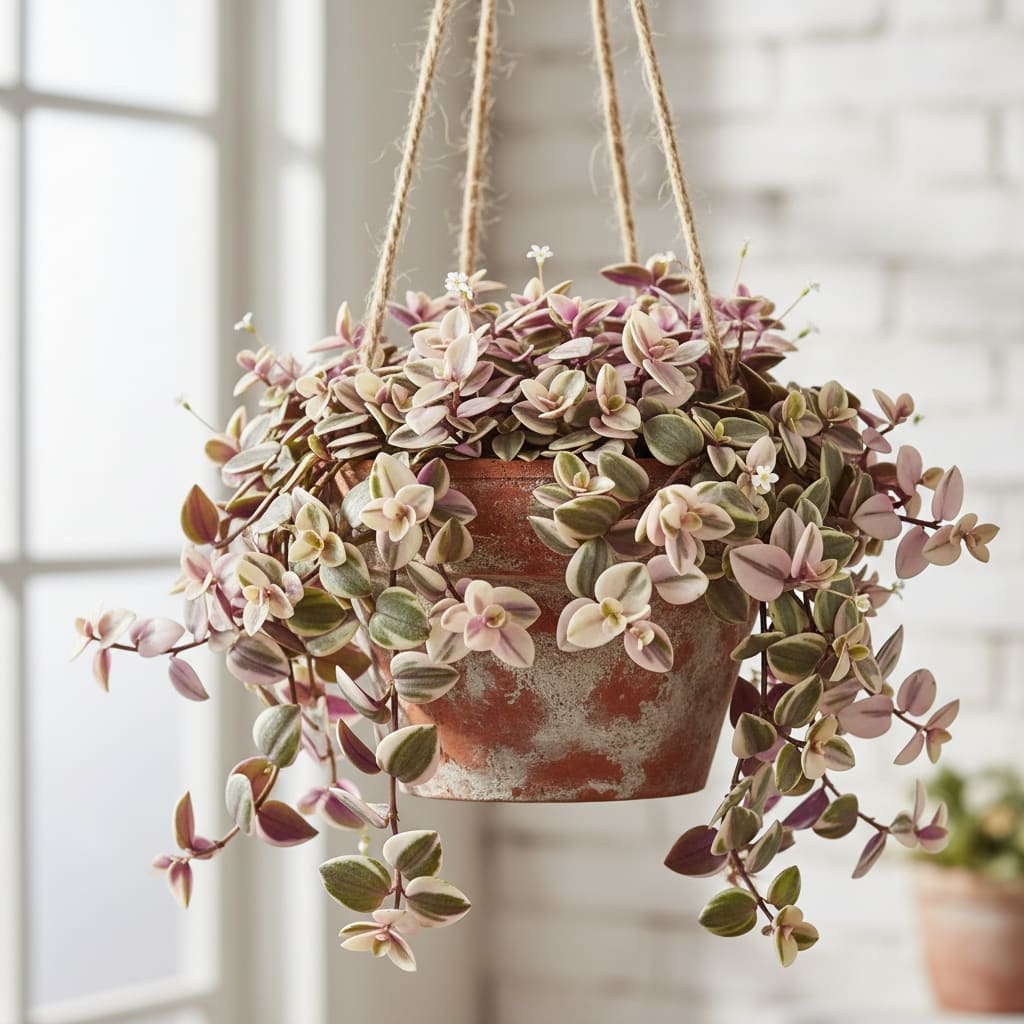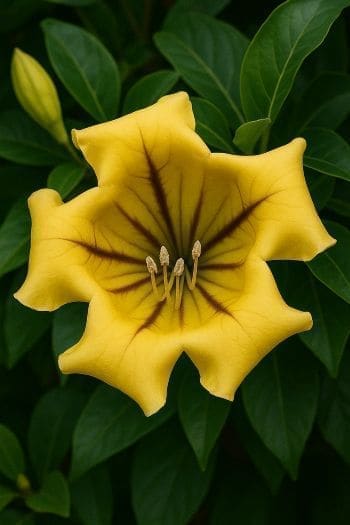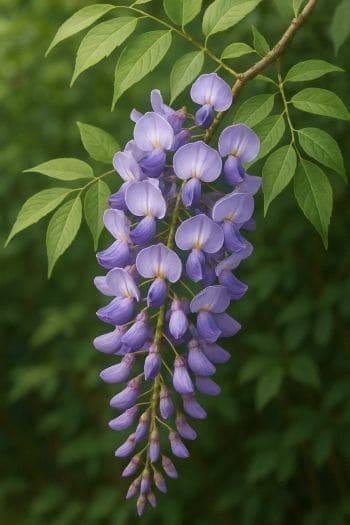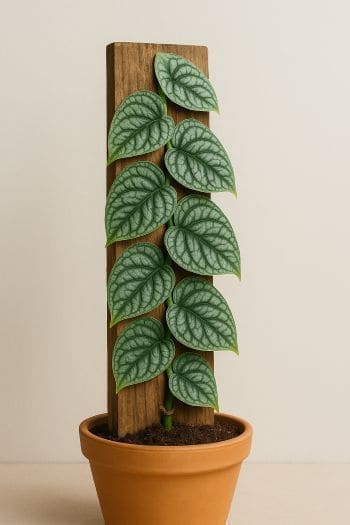Peperomia scandens (Cupid Peperomia) Care & Growing Guide
Overview
Peperomia scandens, commonly known as the Cupid Peperomia, is a charming trailing or climbing houseplant native to the tropical regions of Central and South America. Valued for its heart-shaped, glossy leaves and easy-going nature, it makes an excellent choice for hanging baskets, shelves, or trained up supports. In its native habitat, it grows as an epiphyte or groundcover in warm, humid forests.
This plant is part of the Piperaceae family and is appreciated for its ornamental foliage rather than flowers. With the right care, it can thrive indoors for many years, adding lush greenery to your space.
Identification & Growth Habit
Peperomia scandens is a semi-succulent perennial with slender, trailing stems that can also climb if given support. The leaves are typically light to medium green, sometimes with creamy variegation, and shaped like small hearts, giving rise to its romantic nickname. Mature leaves are smooth, slightly fleshy, and measure around 2–4 cm across.
Growth is moderate under ideal conditions. Indoors, stems can reach 60–90 cm (2–3 feet) in length, making it suitable for cascading displays or vertical training on a trellis or moss pole.
Light & Placement
- Light preference: Bright, indirect light is ideal. Place near an east- or north-facing window, or a few feet back from a south/west window filtered with sheer curtains.
- Lower light tolerance: Can adapt to lower light, but expect slower growth and less vibrant foliage.
- Avoid direct sun: Prolonged exposure to direct midday sunlight can scorch the leaves.
Rotate the plant every few weeks to encourage even growth and prevent it from leaning toward the light source.
Watering & Humidity
Allow the top 1–2 inches of soil to dry before watering thoroughly. Reduce watering in winter when growth naturally slows. Always empty excess water from saucers to prevent root rot.
- Humidity: Prefers moderate to high humidity (50–70%).
- Boosting humidity: Use a humidifier, group plants together, or place the pot on a pebble tray with water (ensuring the base is above the waterline).
Soil & Repotting
Use a well-draining potting mix, such as a tropical plant blend or a homemade mix of peat moss, perlite, and orchid bark. A pot with drainage holes is essential to avoid waterlogging.
Repot every 2–3 years or when the plant becomes root-bound. Peperomia scandens has a relatively small root system, so choose a pot only slightly larger than the current one.
Fertilizing
Feed with a balanced, water-soluble houseplant fertilizer diluted to half strength every 4–6 weeks during spring and summer. Suspend or reduce feeding in autumn and winter when growth slows.
Pruning & Training
Prune to control length, remove leggy growth, and encourage branching. Use clean, sharp scissors or pruners to cut just above a leaf node.
Training
- Trailing: Allow stems to cascade naturally from hanging baskets or shelves.
- Climbing: Train stems onto a small trellis, moss pole, or hoop for a vertical display.
Propagation
Peperomia scandens is easy to propagate via stem cuttings. Follow these steps:
- Select a healthy stem with at least one node and a few leaves.
- Using clean scissors, cut just below a node.
- Remove the lower leaf to expose the node.
- Place the cutting in water or directly into moist, well-draining soil.
- If rooting in water, change the water every few days to keep it fresh.
- Once roots are 2–3 cm long, transplant into a small pot with appropriate soil.
Common Problems
Pests
- Mealybugs: Appear as white, cottony clusters. Remove manually with a cotton swab dipped in alcohol or use insecticidal soap.
- Spider mites: Fine webbing and stippled leaves. Increase humidity and treat with miticide or insecticidal soap.
- Aphids: Small green/black insects on new growth. Rinse off with water or treat with neem oil.
Diseases
- Root rot: Caused by overwatering or poor drainage. Remove affected roots and repot in fresh, well-draining soil.
- Leaf spot: Fungal/bacterial spots on leaves. Remove affected foliage and improve air circulation.
Toxicity & Pet Safety
Toxicity: Peperomia scandens is considered toxic if ingested. Keep out of reach of pets and children, and seek veterinary advice if ingestion is suspected.
Styling & Decor Tips
- Display in a hanging basket to showcase its trailing stems.
- Use a decorative trellis for a vertical accent on desks or shelves.
- Pair with contrasting foliage plants for visual interest.
- Place in bright kitchens or bathrooms where humidity is naturally higher.
Varieties & Cultivars
- Peperomia scandens ‘Variegata’: Features green leaves edged or marbled with creamy yellow or white.
Buying Tips & Maturity
When buying, look for plants with firm, unblemished leaves and no signs of pests. Avoid specimens with yellowing foliage or overly wet soil. Mature plants will have longer, fuller stems and may be easier to train or style.
Seasonal Care
- Spring/Summer: Active growth period; maintain regular watering, feeding, and occasional pruning.
- Autumn/Winter: Growth slows; reduce watering and feeding, and ensure the plant is kept away from cold drafts.
FAQ
- Q: Can Peperomia scandens grow in low light?
A: It can tolerate low light but will grow more slowly and may produce smaller leaves. - Q: How often should I water my Cupid Peperomia?
A: Water when the top 1–2 inches of soil are dry, adjusting frequency with the seasons. - Q: Can I grow Peperomia scandens outdoors?
A: In frost-free climates, it can be grown outdoors in shaded areas. Protect from direct sun and cold temperatures. - Q: Why are my plant’s leaves dropping?
A: Leaf drop can result from overwatering, sudden temperature changes, or prolonged dryness. Check soil moisture and environmental conditions. - Q: Does it need a moss pole?
A: Not required, but a moss pole or trellis can support climbing growth if desired.
Troubleshooting Scenarios
- Wrinkled leaves: Often a sign of underwatering or prolonged dryness; check soil moisture and adjust watering schedule.
- Pale new growth: May indicate nutrient deficiency; resume or increase feeding during the active season.
- Stems becoming bare at the base: Caused by natural aging or insufficient light; prune and propagate to refresh the plant.
- Sudden leaf curl: Could be due to temperature stress or pest activity; inspect for insects and stabilize conditions.
Advanced Pruning & Training Techniques
For a fuller appearance, pinch back stem tips regularly during spring and summer to encourage side shoots. To create a living wreath or hoop, guide flexible stems around a circular frame, securing gently with soft plant ties. For a tiered effect in hanging baskets, layer cuttings of varying lengths to produce cascading foliage at multiple heights.
Companion Plant Ideas
- Fittonia (Nerve Plant): Shares similar humidity needs and offers contrasting leaf patterns.
- Pilea involucrata (Friendship Plant): Complements with textured foliage and compact growth.
- Ferns: Add delicate fronds that soften the look of trailing peperomia stems.
- Philodendron micans: Velvet leaves contrast beautifully with glossy Cupid Peperomia foliage.
Do & Don't List
- Do: Use room-temperature water to avoid shocking roots.
- Do: Quarantine new plants before introducing them to your collection.
- Don't: Place directly above heating vents or radiators.
- Don't: Overpot; excess soil can retain too much moisture around roots.
